As an artist, I always want to have my painting supplies with me, especially when traveling. However, air travel regulations can be confusing, and I often wonder if I can bring my paints on a plane. The answer is not straightforward, as it depends on the type of paint and how you plan to transport it.
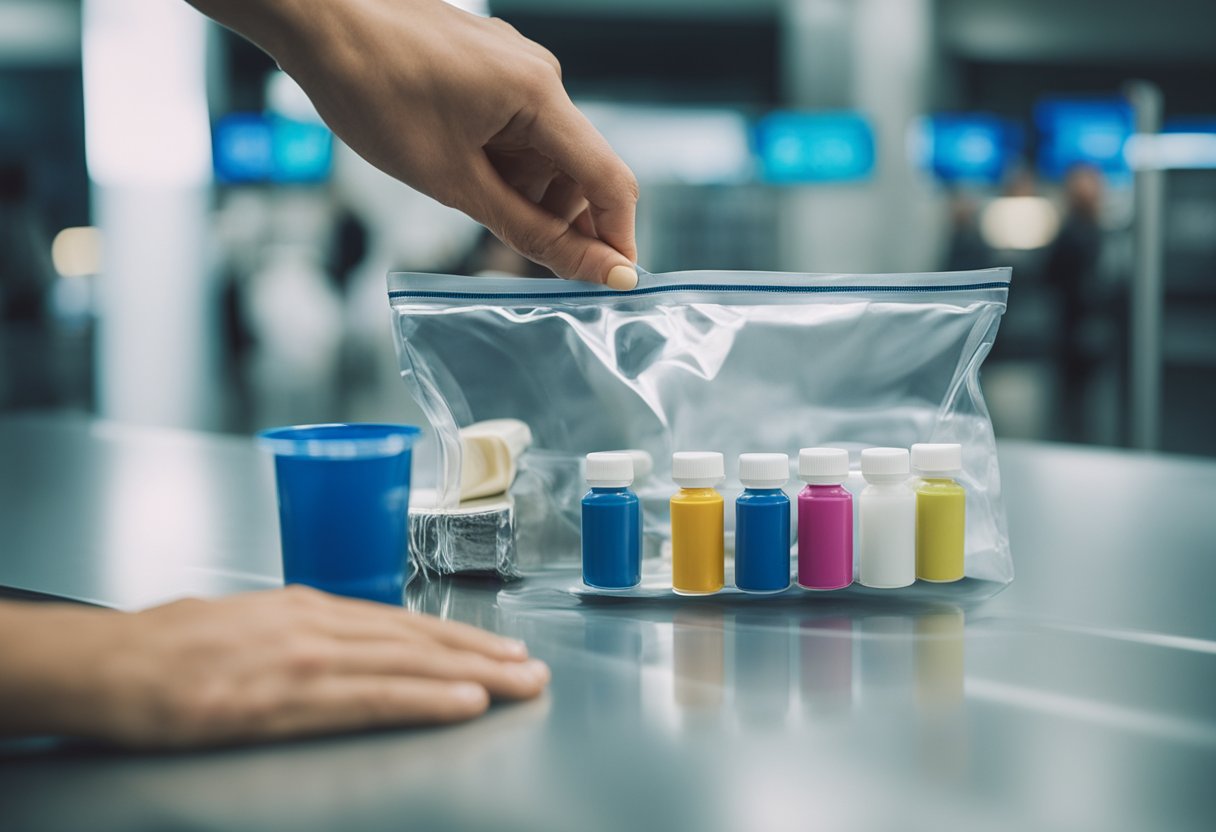
Understanding air travel regulations is essential when planning to bring paint on a plane. The Transportation Security Administration (TSA) has specific rules regarding what you can and cannot bring on a plane. While some paints are allowed in both carry-on and checked baggage, others are not allowed at all. It’s important to research the rules and regulations of the airline you’re flying with, as some airlines may have additional restrictions.
Types of paint and their classification play a crucial role in determining whether you can bring them on a plane. Some paints are classified as hazardous materials and are not allowed on planes at all. Others are non-flammable and can be carried in both carry-on and checked baggage. It’s important to check the Material Safety Data Sheet (MSDS) for the specific paint you plan to bring to ensure it’s safe to transport.
Key Takeaways
- Air travel regulations are essential to understand when planning to bring paint on a plane.
- The type of paint and its classification determine whether it’s allowed on a plane.
- Checking the MSDS for the specific paint is crucial to ensure it’s safe to transport.
Understanding Air Travel Regulations
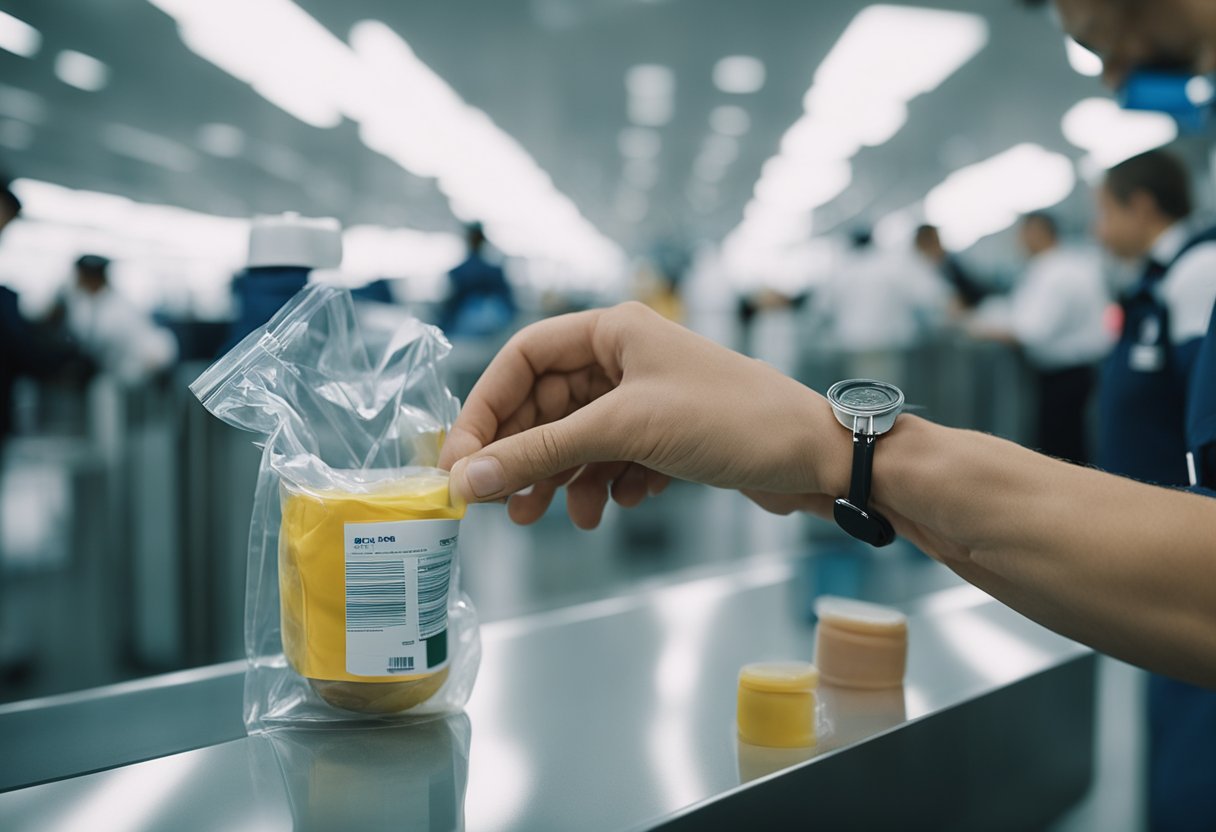
As an avid painter, I often travel with my art supplies, including paint. However, before packing my bags, I make sure to familiarize myself with the air travel regulations regarding the transportation of paint.
The Transportation Security Administration (TSA) is responsible for setting and enforcing security regulations for air travel in the United States. According to TSA regulations, liquids in carry-on bags must be in containers of 3.4 ounces (100 milliliters) or less per item. This rule applies to liquid paints, including watercolors, acrylics, and oil-based paints. Each container must not exceed the allowed limit.
While solid paints, such as pastels, are not subject to the TSA’s liquid restrictions, they are still subject to the agency’s security screening procedures. Therefore, it is advisable to pack them in your checked baggage to avoid any issues at the security checkpoint.
It is important to note that the final decision on whether an item is allowed through the checkpoint rests with the TSA officer. Therefore, it is always a good idea to check with the TSA or your airline before packing your paint supplies.
In addition to the TSA regulations, the Federal Aviation Administration (FAA) also has rules and regulations that air travelers must follow. For example, FAA regulations prohibit travelers from consuming alcohol on board an aircraft unless served by a flight attendant.
It is also important to note that each airline may have its own regulations regarding the transportation of paint. Therefore, it is advisable to check with your airline before packing your paint supplies to avoid any issues at the airport.
In summary, understanding air travel regulations is crucial when traveling with paint supplies. Familiarizing yourself with TSA regulations, FAA rules and regulations, and airline regulations can help ensure a smooth and hassle-free travel experience.
Types of Paint and Their Classification
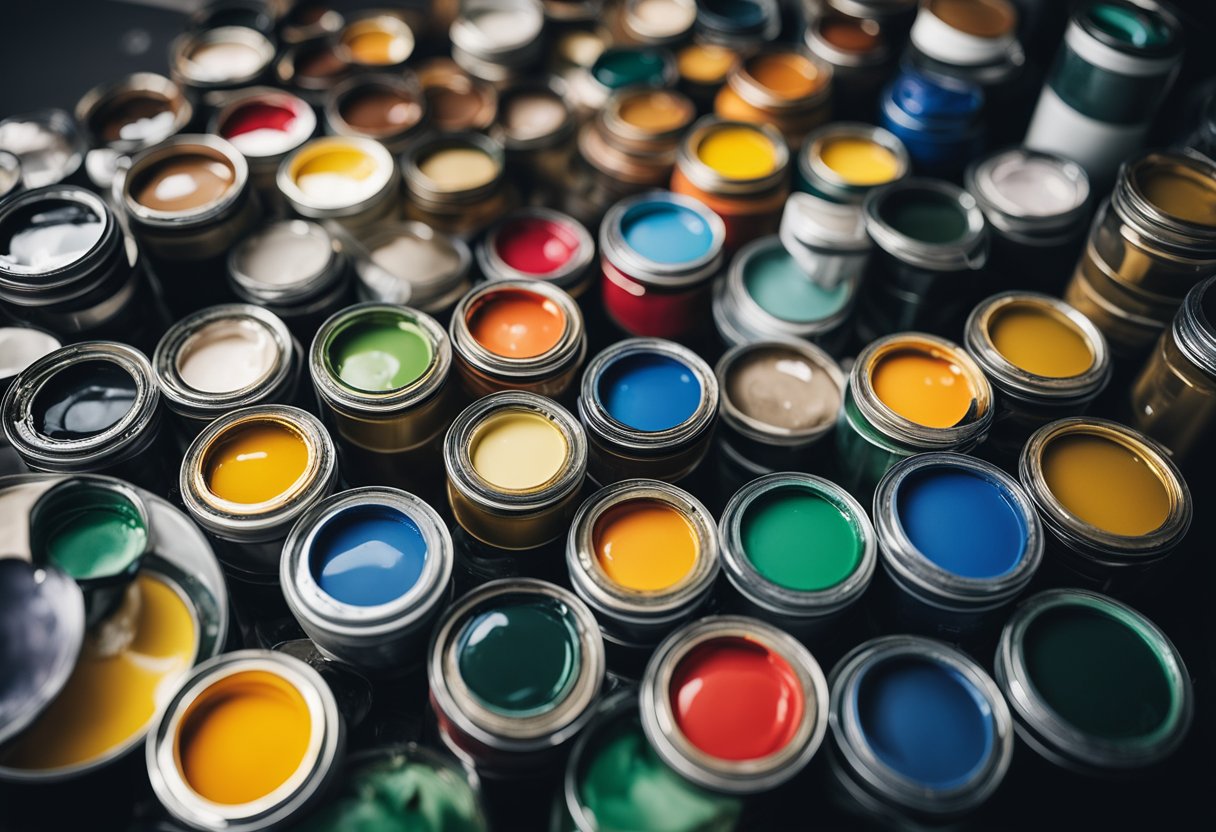
As an artist, it’s important to know which type of paint you can bring on a plane. There are different types of paint available, and each has its own classification. Some of the most common types of paint include oil paint, acrylic paint, spray paint, watercolor paint, and gouache paint.
Oil paint is a type of artist paint that is made from pigments and oil. It is usually sold in tubes and can be thick or thin depending on the amount of oil used. However, oil-based paints are considered flammable and are not allowed on planes.
Acrylic paint is another type of artist paint that is water-soluble and fast-drying. It is also sold in tubes or jars. Unlike oil-based paints, acrylic paints are non-flammable and can be brought on a plane.
Spray paint is a type of aerosol paint that comes in a can. It is used for graffiti and street art. However, aerosol cans are considered hazardous materials and are not allowed in both carry-on or checked baggage.
Watercolor paint is a type of artist paint that is water-soluble. It is sold in tubes or pans. Watercolor paints are generally allowed on planes, but it is important to check the quantity and size restrictions.
Gouache paint is similar to watercolor paint, but it is more opaque. It is also water-soluble and sold in tubes or pans. Gouache paints are generally allowed on planes, but it is important to check the quantity and size restrictions.
In summary, non-flammable paints such as water-based paints and acrylic paints are allowed on planes. However, oil-based paints and aerosol cans are considered hazardous materials and are not allowed on planes. It is important to check the TSA guidelines and airline regulations before bringing any type of paint on a plane.
Carry-On Vs Checked Baggage
When it comes to bringing paint on a plane, you have two options: carry-on or checked baggage. It’s important to understand the difference between the two and the rules that apply to each.
Carry-On Baggage
If you plan to bring paint on a plane in your carry-on bag, there are certain rules you must follow. According to the Transportation Security Administration (TSA), all liquids, aerosols, gels, creams, and pastes must be placed in a quart-sized bag and placed in a separate bin for screening. Each container must be 3.4 ounces (100 milliliters) or less, and the total volume of all containers must not exceed one quart (one liter). This includes paint, regardless of whether it’s oil-based or water-based.
Checked Baggage
If you’re planning to bring larger quantities of paint or larger containers, you may want to consider packing them in your checked baggage. However, there are still rules you must follow. According to the TSA, you can bring as much paint as you want in your checked baggage, but it must be properly packaged and labeled. Paint must be in its original container or a container that is specifically designed for paint. The container must be leak-proof and securely sealed. If the container is not in its original packaging, it must be labeled with the contents.
Quantity Limits
It’s important to note that there are quantity limits for certain types of paint. According to the TSA, you can bring up to 5 liters (1.3 gallons) of alcoholic beverages with more than 24% but not more than 70% alcohol in your checked baggage. Alcoholic beverages with 24% alcohol or less are not subject to limitations in checked bags. Mini bottles of alcohol in carry-on must be able to comfortably fit into a quart-sized bag.
In conclusion, when it comes to bringing paint on a plane, it’s important to understand the rules for both carry-on and checked baggage. Be sure to properly package and label your paint, and follow all TSA guidelines to ensure a smooth and stress-free travel experience.
Potential Hazards of Paints
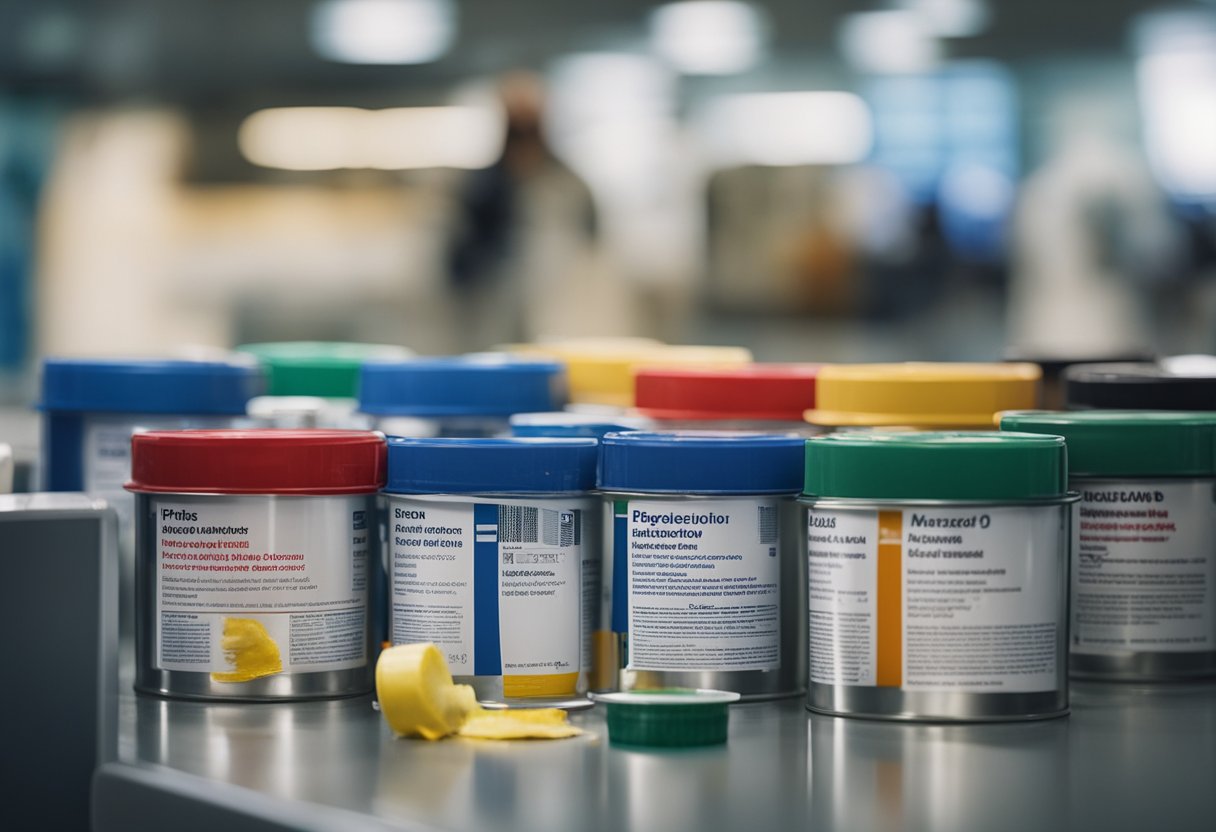
As an artist, I always want to bring my paints with me wherever I go, including on a plane. However, it’s important to be aware of the potential hazards of paints before packing them in your luggage.
Some paints are flammable and can pose a serious risk to the safety of the airplane and its passengers. According to the Federal Aviation Administration, if a paint or related product has a flash point at or below 140°F (60°C), it is considered a flammable liquid. These types of paints should not be brought on a plane, as they can ignite easily and cause a fire.
On the other hand, nonflammable paints are generally safe to bring on a plane. For example, watercolor paints are allowed on planes because they are not flammable. However, it’s important to ensure that each container does not exceed the allowed limit. All liquid containers must fit into a clear, resealable quart-sized plastic bag. Each passenger is allowed only one bag, limiting the total volume of liquids you can carry on board.
It’s also important to note that some artist paints, such as alkyl gels, polyurethanes, and varnishes, can be flammable and should be treated with caution. Additionally, some paints may contain flammable propellants, which can also pose a risk.
To summarize, when bringing paints on a plane, it’s important to check if they are flammable or nonflammable. Flammable paints should not be brought on a plane, while nonflammable paints are generally safe to bring as long as they meet the size and quantity restrictions.
Packing Art Supplies for Travel
When it comes to packing art supplies for travel, there are a few things to keep in mind to ensure that everything arrives at the destination safely and securely.
First, it is important to consider the type of art supplies being packed. For example, paint tubes should be packed in a clear plastic container to prevent any accidental leaks. Acrylics and watercolors should be packed in containers of 3.4 ounces or less per item, as per TSA regulations [1].
Pens and pencils should be packed in a pencil case or a separate compartment of the luggage to prevent any damage. Paint brushes should be packed in a protective case or wrapped in bubble wrap to prevent any bending or damage to the bristles. Palette knives should also be wrapped in bubble wrap and packed in a separate compartment of the luggage.
Framed art should be wrapped in bubble wrap and packed in a sturdy cardboard box with additional padding to prevent any damage during transport. Paintings should be packed in a hard-sided suitcase or a wooden crate to ensure that they are protected during transport.
It is also important to be aware of any TSA regulations regarding art supplies. For example, spray paint and paint pens may be prohibited in carry-on luggage. It is always a good idea to check the TSA website for the most up-to-date information on what art supplies are allowed on a plane [2].
Overall, packing art supplies for travel requires careful consideration and planning to ensure that everything arrives at the destination safely and securely. By following these tips, travelers can enjoy their creative pursuits while on the go.
Understanding MSDS for Paint Products
As someone who frequently travels with paint products, it is crucial to understand the importance of Material Safety Data Sheet (MSDS). An MSDS is a document that contains information on the potential hazards (health, fire, reactivity, and environmental) and how to work safely with the chemical product.
When it comes to paint products, an MSDS will show whether a paint or related product is a flammable liquid or not. Checking the MSDS is particularly important because flammable liquids are not allowed on planes. If the MSDS indicates that the paint is nonflammable, packing the MSDS with the paint may help avoid its removal from baggage.
It is also essential to note that a “flash point” at or below 140°F (60°C) indicates that the paint is flammable and cannot be brought on a plane. If you are unsure whether your paint product is flammable or not, it is best to check the MSDS or contact the manufacturer for clarification.
In summary, understanding the MSDS for paint products is crucial when traveling with them. Checking the MSDS for flammability and packing it with nonflammable paints can help avoid any issues with airport security.
Special Considerations for Paint Thinners and Solvents
When it comes to bringing paint thinners and solvents on a plane, there are a few things to keep in mind. Firstly, it is important to note that paint thinners and solvents are considered hazardous materials by the Federal Aviation Administration (FAA) and the Transportation Security Administration (TSA). As such, they are subject to specific regulations and restrictions.
According to the TSA, paint thinners and turpentine are not allowed in carry-on or checked bags. This is because they are considered flammable and can be dangerous in an airplane cabin. However, non-flammable oil paint and some varnishes are allowed in carry-on and checked bags, as long as they meet certain requirements. It is important to note that the TSA officer has the final say on whether an item is allowed through the checkpoint.
In addition, the FAA states that some artist paints such as alkyl gels, polyurethanes, and varnishes can be flammable (flashpoint at or below 140° F / 60° C). These items are subject to specific regulations and restrictions. For example, alkyl gels and polyurethanes are not allowed in carry-on or checked bags, while some varnishes are allowed in carry-on and checked bags if they meet certain requirements.
If you need to bring paint thinners or solvents on a plane, it is important to research the specific regulations and restrictions that apply to your particular items. You may also want to consider shipping these items to your destination instead of bringing them on the plane.
Overall, it is important to be aware of the regulations and restrictions surrounding paint thinners and solvents when traveling by plane. By following these guidelines, you can ensure a safe and hassle-free journey.
Conclusion
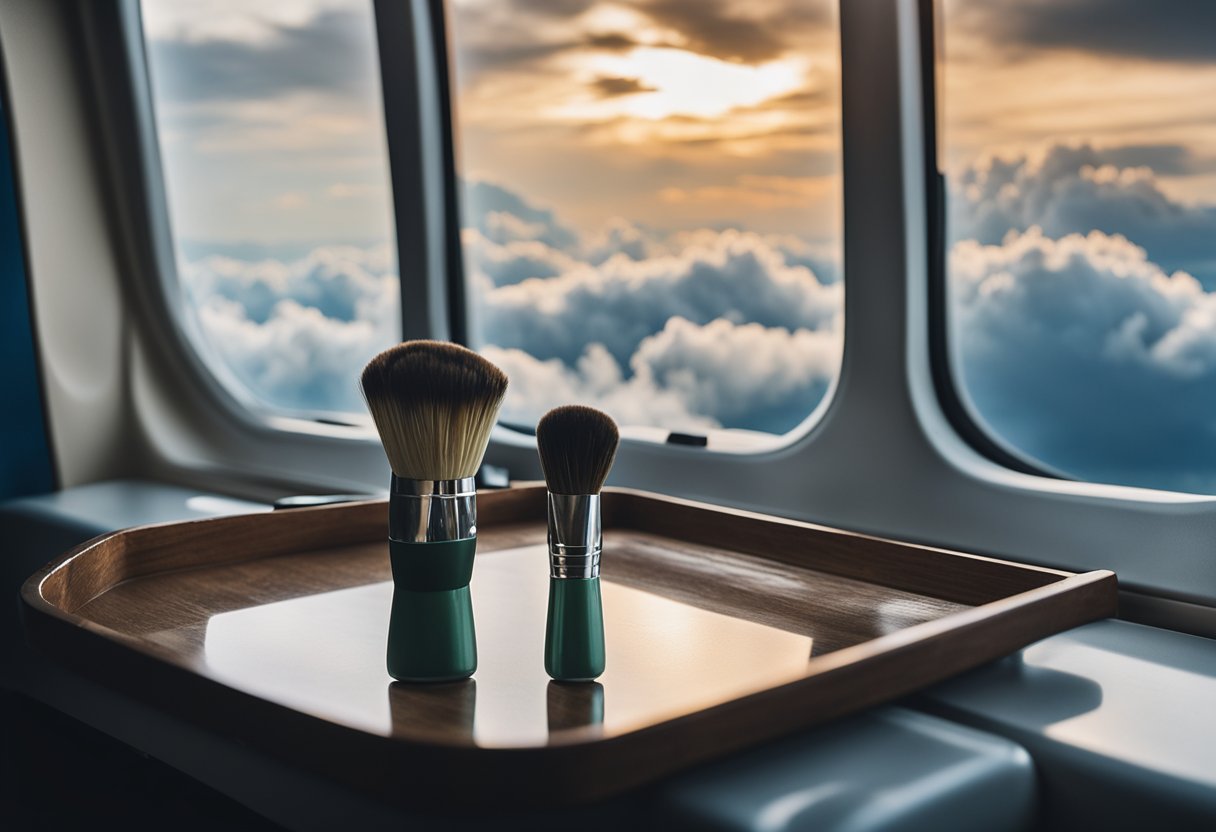
In summary, bringing paint on a plane is allowed, but certain regulations must be followed. Acrylic, oil, and gouache paints are permitted as carry-on or checked baggage, but they must adhere to TSA’s liquid guidelines. The paints must be in containers of 3.4 ounces or less and placed in a clear plastic bag. Oil-based paints and spray paints are not allowed on planes.
It is important to note that if the paint contains flammable ingredients, it is not allowed on the flight. Therefore, it is essential to read the label before packing the paint. If the paint is not allowed, it is best to purchase it at the destination.
When packing paint, it is important to ensure tight seals and leak-proof packaging to prevent spills during the flight. Additionally, it is recommended to pack the paint in a plastic bag and wrap it with bubble wrap or other protective material to prevent damage.
Overall, bringing paint on a plane is possible, but it is crucial to follow the regulations set by TSA. By doing so, you can ensure a smooth and safe journey with your art supplies.
Frequently Asked Questions
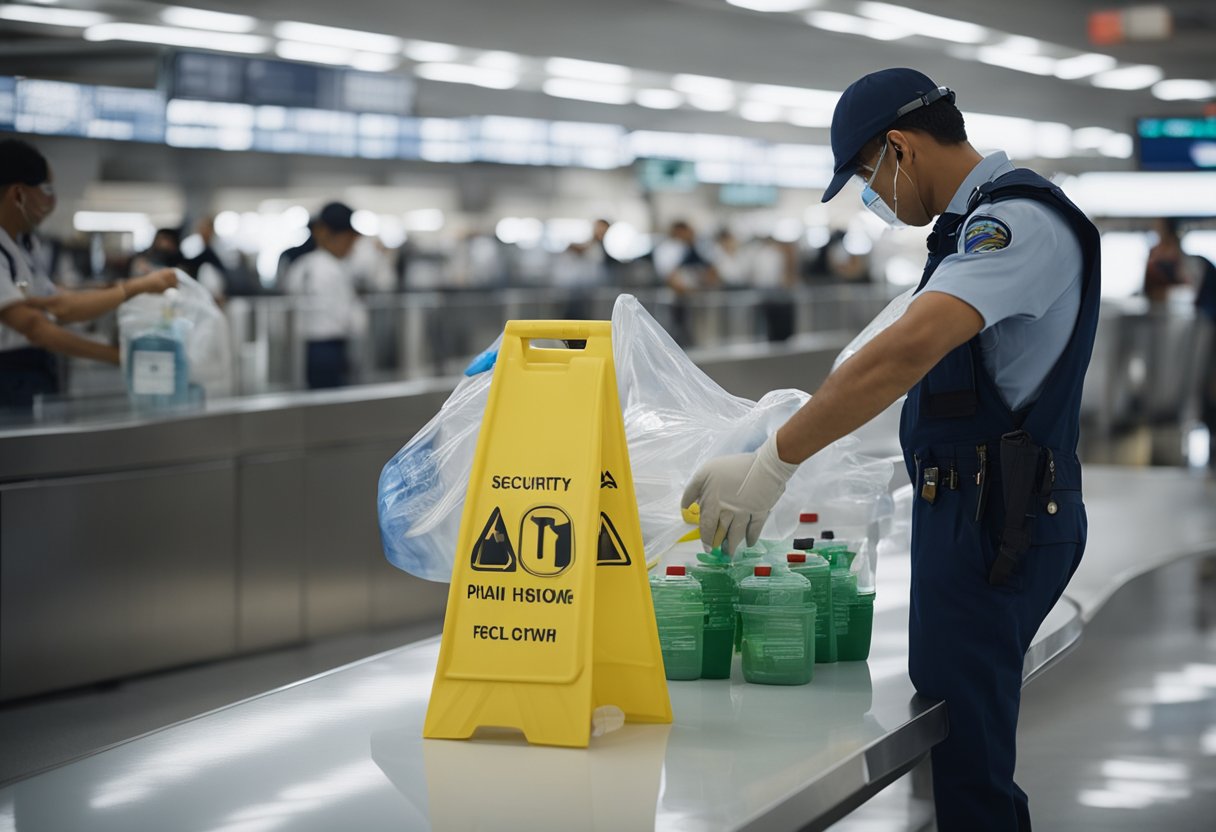
What types of paint can you bring on a plane?
You can bring most types of paint on a plane, including acrylic, oil, and watercolor paints. However, you need to be aware of the TSA rules and guidelines to ensure a smooth travel experience. The rules may vary depending on the type of paint and its quantity. According to JustTravo, you can bring artist paints that are nonflammable in both carry-on or checked baggage. However, some artist paints such as alkyl gels, polyurethanes, and varnishes can be flammable and are subject to size and quantity restrictions.
Are there any restrictions on the size or amount of paint you can bring on a plane?
Yes, there are restrictions on the size and amount of paint you can bring on a plane. According to the Transportation Security Administration (TSA), aerosol paint cans are generally not allowed in either carry-on or checked baggage due to their flammable nature. When it comes to bringing paint on a plane, size and quantity restrictions play a significant role. You should check the TSA website for the latest guidelines on the size and amount of paint you can bring on a plane.
Can you bring paint brushes or other painting supplies on a plane?
Yes, you can bring paint brushes or other painting supplies on a plane. According to Travel Easier, brushes are allowed in both carry-on and checked baggage. However, you should pack them carefully to avoid damage during the flight.
Are there any specific TSA regulations for bringing art supplies on a plane?
Yes, the TSA has specific regulations for bringing art supplies on a plane. According to JustTravo, you should pack your art supplies in clear, plastic bags and place them in your carry-on or checked baggage. You should also label your bags to indicate that they contain art supplies.
Can you bring oil paints or other flammable paints on a plane?
Yes, you can bring oil paints or other flammable paints on a plane, but they are subject to size and quantity restrictions. According to the FAA pack safe guide, artist paints that are nonflammable are not regulated by the FAA and may be carried in carry-on or checked baggage. However, some artist paints such as alkyl gels, polyurethanes, and varnishes can be flammable (flashpoint at or below 140° F / 60° C).
How should you pack your paint supplies when traveling on a plane?
When packing your paint supplies for air travel, pack them carefully to avoid damage during the flight. According to JustTravo, you should pack your art supplies in clear, plastic bags and place them in your carry-on or checked baggage. You should also label your bags to indicate that they contain art supplies. Additionally, you should wrap your paint tubes in bubble wrap or other protective material to prevent them from breaking or leaking.

Hi, I’m Sal Muller of Tooltrip.com. My DIY experience led me to understand essential power tools for home projects. Tooltrip.com guides enthusiasts and professionals in choosing right tools for any job. I provide concise top tool reviews for easier, efficient DIY.



